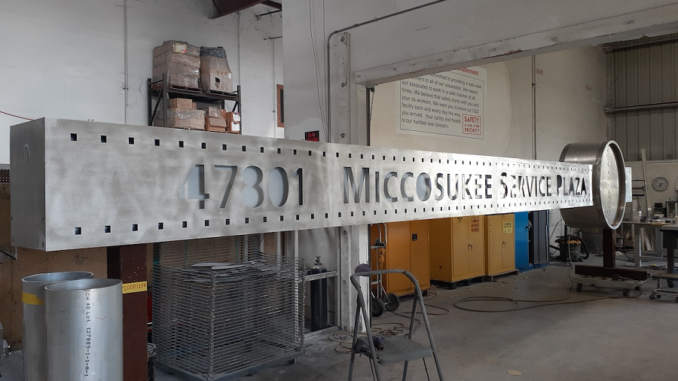
Signage can be manufactured in several ways, including water jet cutting and wood engraving Perth. Each has its own unique pros and cons and is best for different purposes. Read on to learn more about these methods. You’ll want to choose the right one for your business signage!
Wood Engraving
Wood engraving is the signage manufacturing method that uses a mechanical process to produce a flat surface with an image.
Wood engraving can be done on many different types of wood. Boxwood, for example, is the least porous wood. Boxwood is used for engraving because it can produce finer lines. However, it is also the most expensive wood. A cut block of boxwood can cost between two to ten cents per square inch. Maple, pear, and mahogany are the other cheaper wood types. On the other hand, white pine can cost up to $125 for a 28-32-inch slab.
Wood engraving is a time-consuming process that requires great care. In the past, it was only available to a few people. But as technology progressed, the process became more refined. It is still considered fine art and requires a great deal of patience.
Engraving methods used for signage can be rotary or laser. Some engravers use manual pantograph machines, but most of them use computerized rotary or laser engravers.
Water Jet Cutting
Water jet cutting in Perth is a great way to create intricate designs for corporate signs, yard signs, and other types of signage. This process can cut through virtually any material, including acrylic, stone, metal, and different kinds of plastics. The process is also swift and can cut through thicker materials than many other methods. For example, it can cut through 6061-T6 aluminum up to 8 inches thick! Most other cutting methods are limited to 3 inches and under.
This is also useful for manufacturing a sign with a unique shape. It can produce a sharp, rounded edge without leaving any sharp edges. It uses pressurized water that travels through a high-pressure hose to the cutting head. The hose can be made of abrasive material or pure water.
Water jet cutting has many advantages, including a small Heat Affected Zone. It also allows the user to cut multiple materials without changing the tooling. It also eliminates the need for secondary finishing. However, there are some disadvantages to water jet cutting, including a longer cutting time and lower output.
Know more about the different signage manufacturing methods as you check out Artcom Fabrication at www.artcomfabrication.com.au. It is a company offering signage manufacturing, 3D printing, fabrication, etching, engraving, and cutting services in Australia.
Leave a Reply
You must be logged in to post a comment.